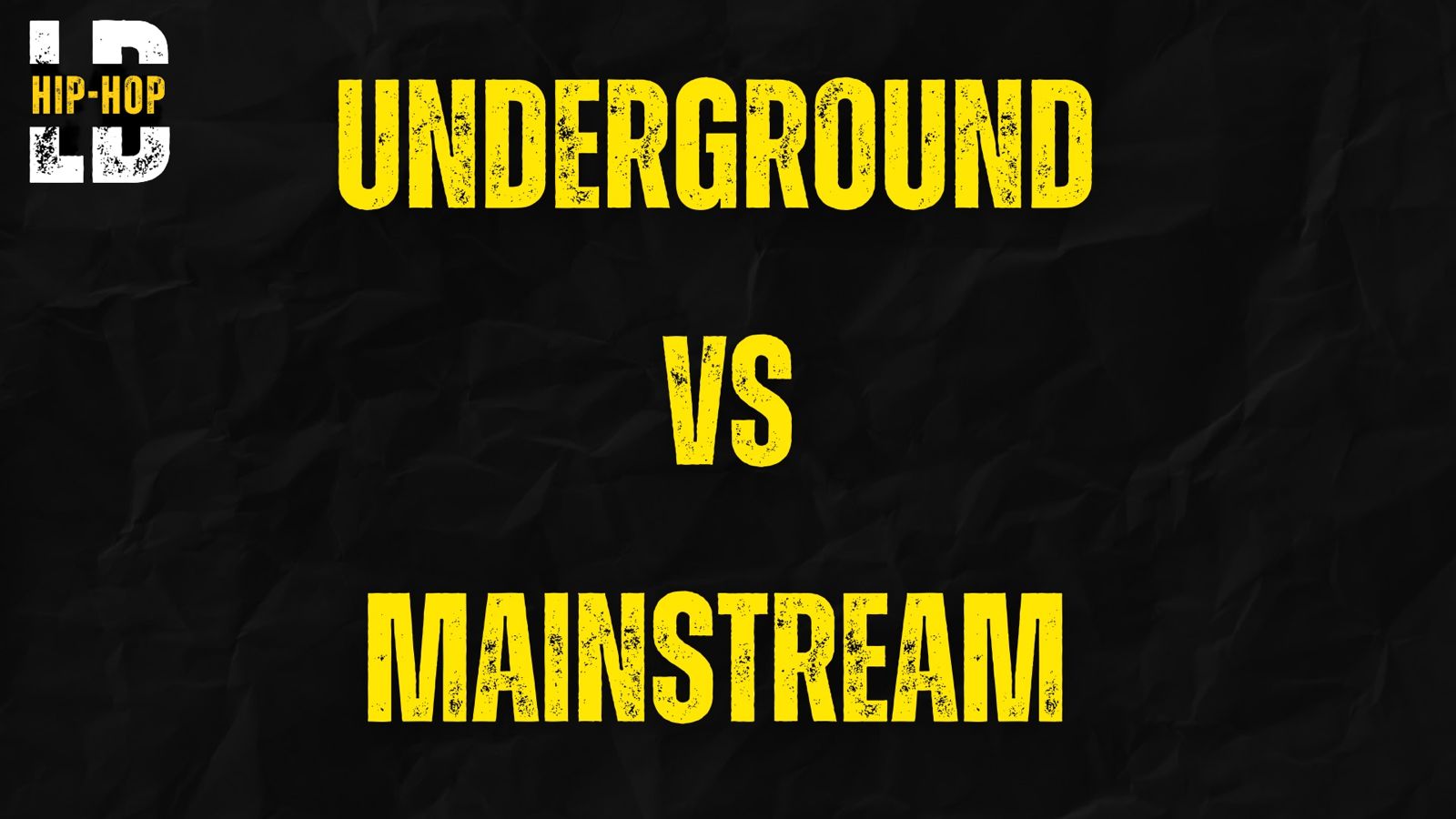Lebanese Hip-Hop has grown into a powerful cultural force over the years, becoming a reflection of the country’s diverse voices, struggles, and aspirations. But as this scene continues to evolve, a divide has deepened — a divide between the underground artists who’ve long been the heartbeat of the culture and those who’ve crossed over into the mainstream. This tension isn’t just about music; it’s about identity, authenticity, and what it means to stay true to the roots of hip-hop.
The Heart of the Underground:
Let’s start with the underground, where it all began. The underground scene in Lebanon has always been a space where artists can express themselves without compromise. Here, the music is raw, real, and often unfiltered. It’s not about commercial success, it’s about speaking truth to power, sharing personal stories, and connecting with a community that understands the struggles and triumphs that come with life in Lebanon.
Underground artists often draw from their own experiences, whether it’s dealing with social issues, confronting political realities, or navigating personal hardships. Their lyrics are a reflection of the world they see around them, and for many fans, this is where the true essence of hip-hop lies. It’s about staying real, staying authentic, and staying connected to the roots of the culture.
In the underground, there’s a sense of freedom, a freedom to experiment, to push boundaries, and to create music that doesn’t necessarily fit into the mold of what’s considered mainstream. This is where new styles are born, where innovation happens, and where the culture continues to evolve in its most authentic form.
The Rise of the Mainstream:
On the other side of the spectrum, we have the mainstream artists, those who have managed to break out of the underground and reach a wider audience. These artists have found success beyond the tight-knit circles of the underground, with their music reaching new ears, both in Lebanon and beyond.
Mainstream success can bring many benefits: financial stability, recognition, and the ability to reach a larger audience. But it also comes with its own set of challenges. As artists move into the mainstream, they often face pressure to appeal to a broader audience, which can lead to a more polished, commercial sound. For some, this is seen as a natural evolution, a way to grow and reach new heights. For others, it feels like a betrayal of the underground’s core values.
The criticism often comes down to authenticity. In the eyes of some fans, the move to the mainstream can dilute the message, turning music that was once powerful and impactful into something more palatable for the masses. It’s a fine line to walk. How do you stay true to your roots while also embracing the opportunities that come with mainstream success?
The Broader Cultural Struggle:
This tension between underground and mainstream isn’t unique to Lebanon, but it takes on a particular resonance here, where the struggle between tradition and modernity is a daily reality. Lebanon is a country where history and culture run deep, but where there’s also a constant push to innovate, to grow, and to embrace new ideas. This same tension plays out in the hip-hop scene, where artists are constantly negotiating their place within a rapidly changing cultural landscape.
For some, staying underground is a way of preserving the authenticity of the culture. It’s about staying connected to the roots of hip-hop, resisting the pull of commercialism, and keeping the message pure. For others, moving into the mainstream is a way of spreading the culture, of sharing the message with a broader audience, and of showing that Lebanese hip-hop can compete on a global stage.
But it’s not just the artists who are caught in this struggle, it’s the fans, too. Fans who have been with the underground scene from the beginning may feel a sense of loss as their favorite artists move into the mainstream. They may feel that the music has changed, that it’s lost something in the process. But at the same time, there are fans who appreciate the evolution, who see the move to the mainstream as a sign of growth and success.
What makes this tension even more interesting is that the lines between underground and mainstream are not as clear-cut as they might seem. There are underground artists who experiment with more mainstream sounds, just as there are mainstream artists who still carry the spirit of the underground with them. This blurring of lines shows that the scene is not static, it’s constantly evolving, with artists moving between these two worlds in ways that reflect their own personal journeys.
Some artists have managed to strike a balance, maintaining their underground roots while also embracing the opportunities that come with mainstream success. These artists serve as a bridge between the two worlds, showing that it’s possible to stay true to the culture while also growing and evolving as an artist.
As Lebanese Hip-Hop continues to grow and evolve, this tension between underground and mainstream will likely remain. But rather than seeing it as a divide, perhaps it can be viewed as a dynamic force that drives the scene forward. After all, it’s this very tension that keeps the culture alive, pushing artists to innovate, to stay true to themselves, and to continue telling the stories that need to be heard.
So, whether you’re a fan of the gritty authenticity of the underground or you appreciate the polish and reach of the mainstream, one thing is clear: Lebanese Hip-Hop is here to stay, and it’s only getting stronger. The scene may be divided, but it’s also incredibly rich and diverse, a true reflection of the culture that it represents.





What do you think?
Show comments / Leave a comment